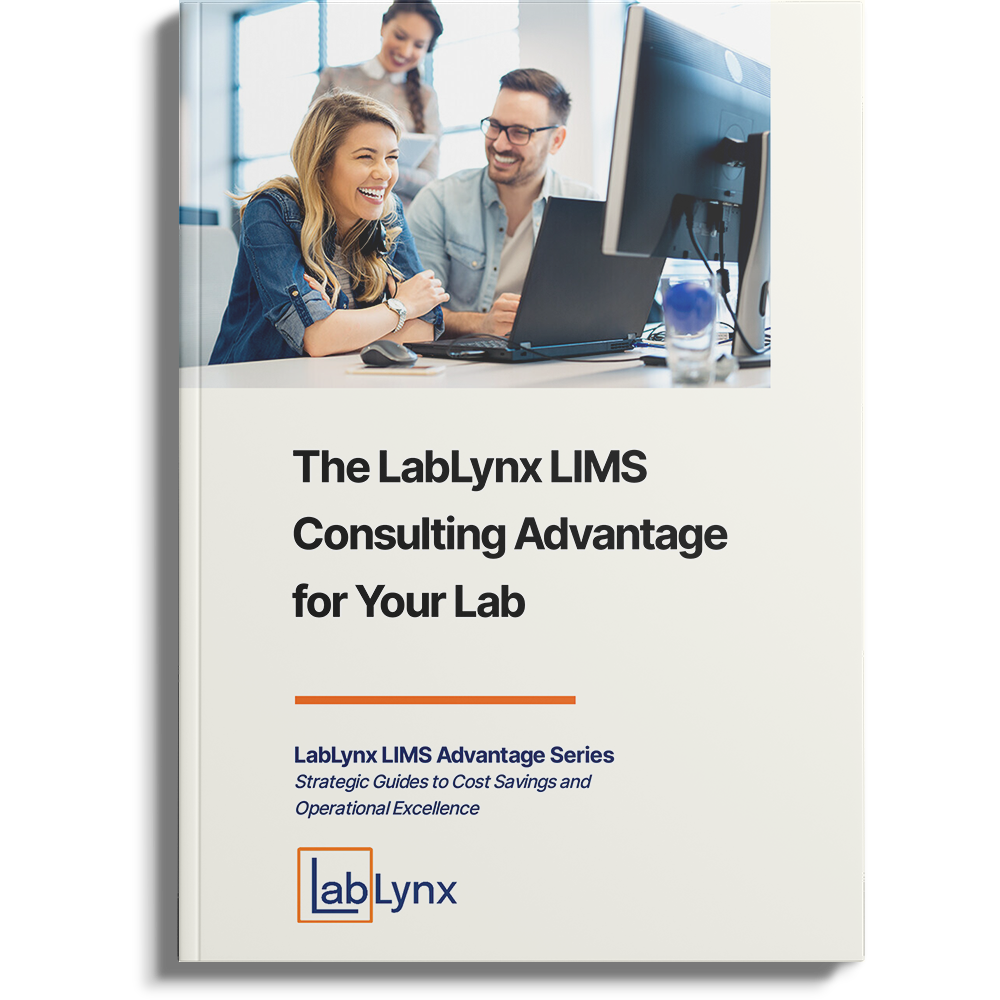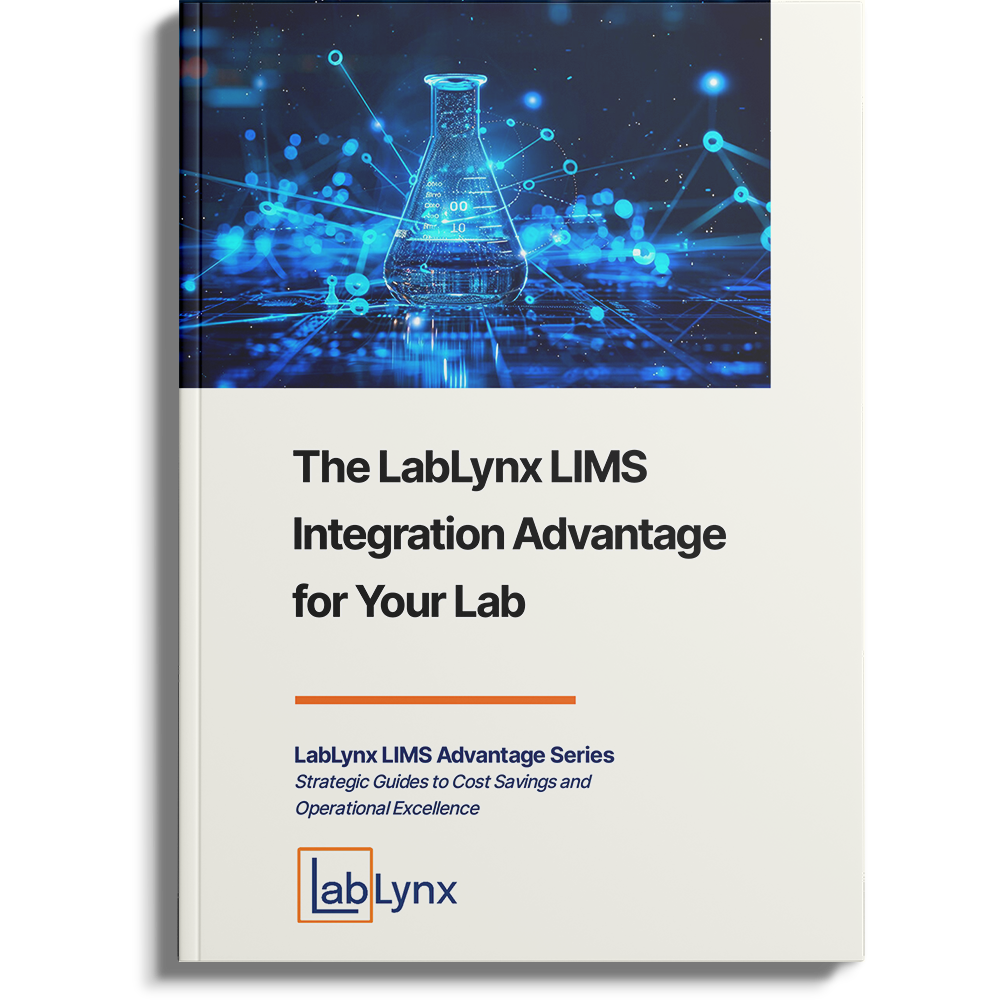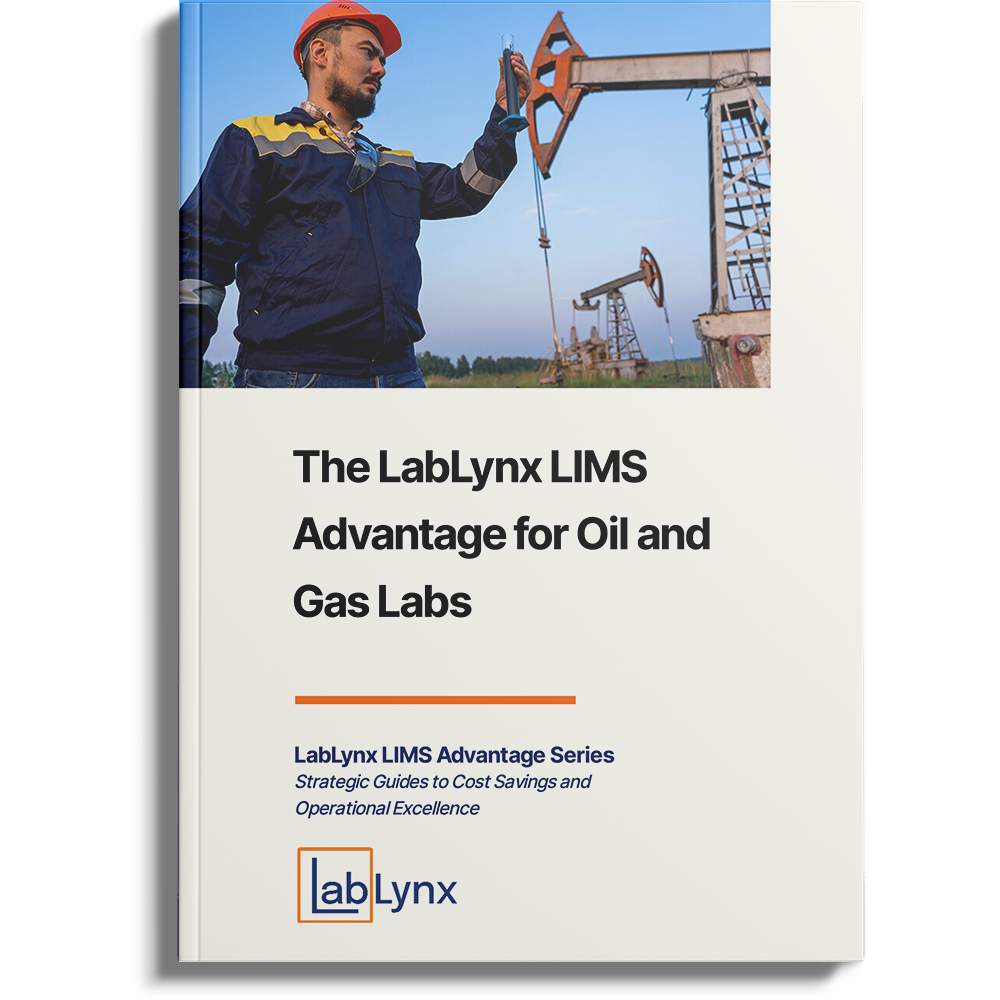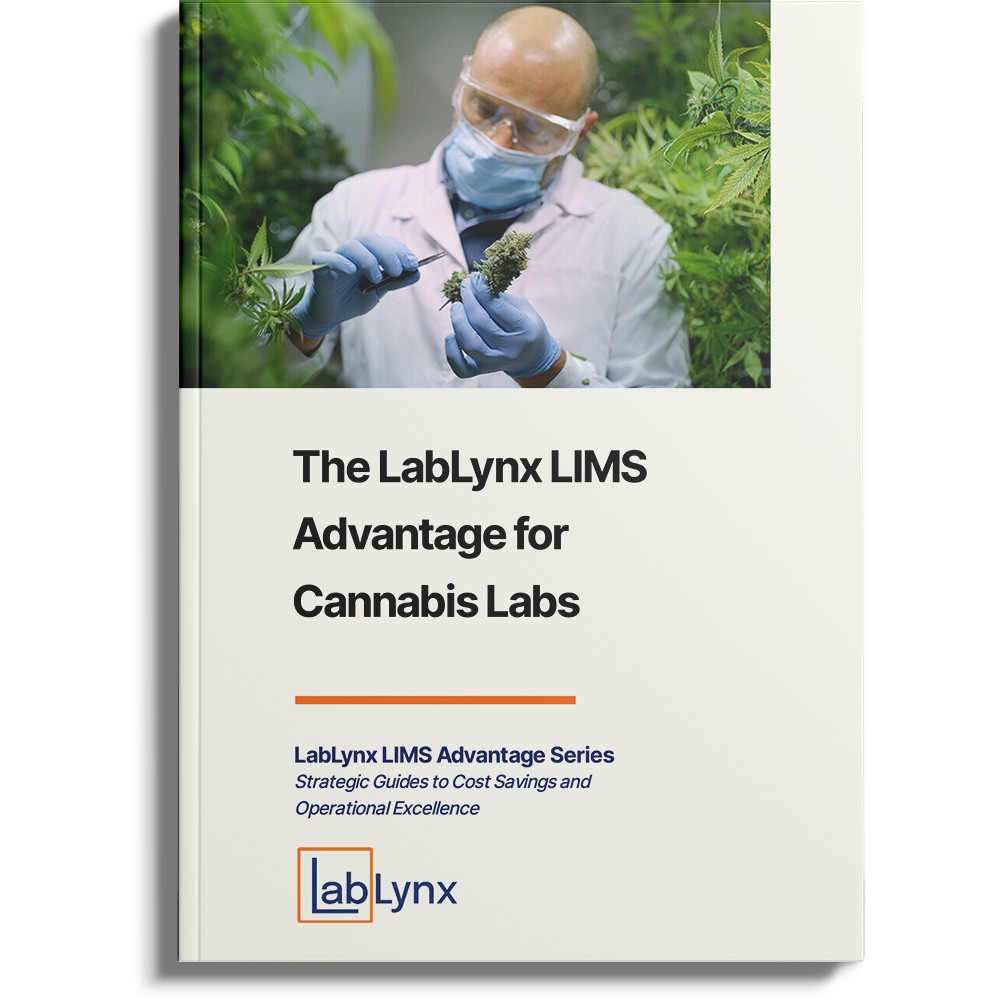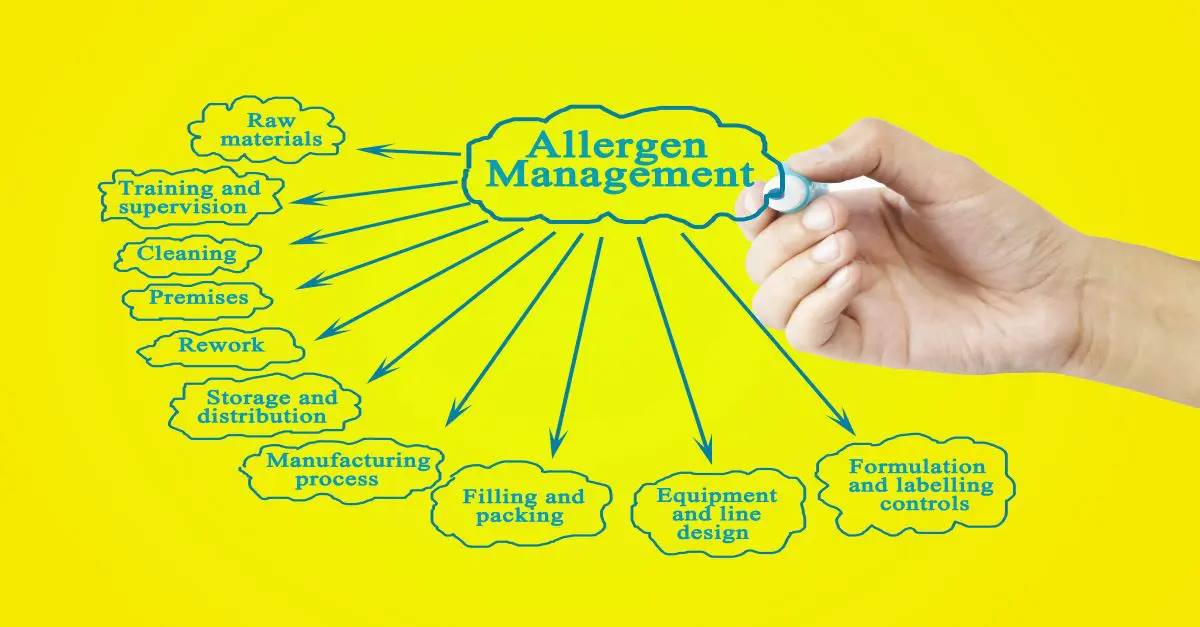
Testing in the food and beverage industry has been primarily centered on detecting microbial and chemical contaminants. These types of tests are vital to the general consumer, as these contaminants can cause illness outbreaks if not detected promptly. However, in the last two decades, food safety and testing labs find themselves not only testing for contaminants but also for food allergens.
Processing lines during manufacturing and packaging contribute to the need for allergen testing. Food products containing allergens may be processed on the same lines as allergen-free foods. Allergen contamination during the shipping of ingredients is another concern where bulk storage is used.
Since 2004, when Congress passed the Food Allergen Labeling and Consumer Protection Act1, the US Food and Drug Administration (FDA) has required manufacturers to inspect and label their products with the “Big Eight” allergens: milk (cow), eggs (chicken), fish, shellfish, tree nuts, peanuts, wheat, and soybeans. These eight major allergens account for about 90 percent of food allergies and serious allergic reactions in the US.2
On April 23, 2021, the Food Allergy Safety, Treatment, Education, and Research (FASTER) Act was signed into law, making sesame the ninth major food allergen recognized in the United States, effective January 1, 2023.3
What are food allergens and how many people do they impact?
Food allergens are proteins in food that cause abnormal immune responses. Food allergy symptoms can include swelling of the mouth, lips, tongue or throat; cramping; vomiting; diarrhea; hives; eczema; wheezing and coughing; loss of blood pressure; and anaphylaxis, an allergic reaction which can cause a person to go into shock and, if not treated right away, can be fatal.
According to the Asthma and Allergy Foundation of America4, the number of people with food allergies has doubled each of the past few decades. About 32 million people have food allergies in the United States, comprising about 26 million adults and 5.6 million children. Shellfish is the most common allergen for adults, followed by peanuts and tree nuts. Milk is the most common allergen for children, followed by eggs and peanuts.
Food allergens are not to be confused with food intolerance, such as lactose or gluten intolerance, or sulfite sensitivity. Food intolerance means the human body has trouble digesting a certain food. While people may experience some of the same gastrointestinal symptoms associated with allergens, food intolerance does not involve the immune system.
Managing food allergen conditions involve avoiding reaction-inducing food proteins and having a medical treatment plan in case of a severe reaction. While there are nine major allergens in the US, humans around the world can be allergic to more than 150 ingredients found in food. There is no cure for food allergens, in turn emphasizing the importance of clear and accurate food labeling.
Why are food allergens on the rise?
Scientists cannot point to one single explanation for why food allergens are more prevalent now than in decades past, but most agree that environmental factors are to be considered. There are lower rates of food allergens in developing countries, and food allergies are more common in urban areas compared to rural ones.
Some scientists blame improvements in hygiene. With fewer parasitic infections for our immune system to fight, it turns against other things like food proteins that should otherwise be harmless. Other scientists speculate that vitamin D deficiency plays a factor. Still, others believe it just comes down to more people growing up in the city and fewer on farms, where they can be exposed to the land and livestock.
What warnings are required on food labels?
The FDA requires allergens to be listed on packages as part of a compliant Nutrition Fact Panel. United States laws require that food labels identify the food source of all major food allergens used to make the food and that the type of tree nut, species of fish, or crustacean shellfish be declared.
The name of the food source of a major food allergen must also appear on the labeling. For example, if the ingredient listed is lecithin, in parentheses the label must list “soy.” The same for an ingredient like flour. In parentheses, the label must list “wheat.”
In some cases, manufacturers will include a warning box on the packaging. For example: “Contains, wheat, eggs, milk, and soy” or “Produced in a facility that also processes peanuts.”
What types of testing can food and beverage laboratories conduct to detect food allergens?
Many food safety and testing laboratories utilize two primary tests to determine the presence of allergens in food products: ELISA and PCR.
In a typical ELISA (enzyme-linked immunosorbent assay) test, a sample is exposed to a test strip containing the antibodies that have been formulated to recognize a specific protein. If the targeted protein is present in the sample, the protein will cause the testing strip to change color. This type of test is highly selective and can yield results in a matter of minutes. However, this method may not be suitable for cooked or heated products.
PCR (polymerase chain reaction) tests are more sensitive and detect the unique DNA segment of the allergen. However, PCR tests cannot be used to test products like oils, milk, or egg whites because they do not contain DNA.
MIP (molecularly imprinted polymers) is an emerging technology in the identification of food allergens. MIPs are highly-specialized plastic films molded to recognize a single target molecule, such as an allergenic protein or a chemical tracer for an allergenic ingredient. Historically, molecularly imprinted polymers have been used for drug separation and delivery. Only recently have MIPs been adapted for use as molecular recognition elements in electronic sensing devices.5
How can LabLynx help food and beverage labs with allergen testing?
Whether a food safety and testing lab operates internally as part of a major food company’s production division or independently through contract testing services, implementing a laboratory information management system (LIMS) like the LabLynx ELab LIMS provides many advantages. Most importantly, the lab can monitor processes and ensure regulatory compliance. For example, labs can better maintain the traceability of food samples, ingredients, and additives from receiving to disposal with the LIMS’ auditable chain of custody. Reports can be automated to collect results by supplier, location, and batch. The lab’s accreditation can be maintained by documenting SOPs, enforcing standards-based practices, and monitoring employee certifications, all from within the LIMS. The LabLynx ELab LIMS can also optimize the food and beverage lab’s operations by integrating instruments with the LIMS to reduce the number of manual processes and limit the potential for human error.
References
1 https://www.fda.gov/food/food-allergensgluten-free-guidance-documents-regulatory-information/food-allergen-labeling-and-consumer-protection-act-2004-falcpa
2 https://www.fda.gov/food/food-labeling-nutrition/food-allergies
3 https://www.youtube.com/watch?v=Bhw1rLUNRLM
4 https://www.aafa.org/allergy-facts
5 https://www.allergyamulet.com/blog/2018/1/31/get-your-geek-on-the-science-behind-food-allergy-testing

